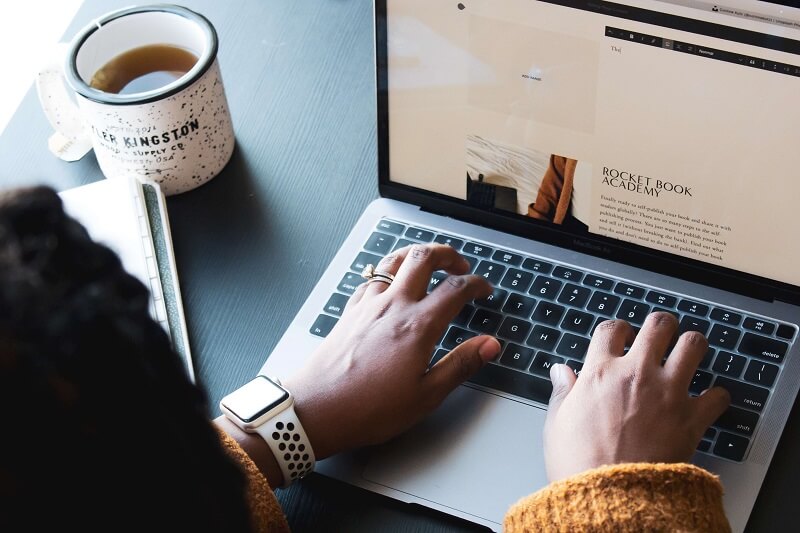
In the digital age, a blog is not just a platform for sharing ideas and stories; it’s a space where aesthetics and functionality converge to create an engaging user experience. The art of blog design is crucial for captivating your audience, enhancing readability, and ensuring easy navigation. A well-designed blog can significantly impact its success, encouraging visitors to stay longer and interact more with the content. Whether you’re starting a new blog or revamping an existing one, understanding the key elements of effective blog design is essential for standing out in a crowded digital landscape.
Prioritizing User Experience (UX)
The cornerstone of a successful blog design is a strong focus on user experience. This involves ensuring your blog is accessible, intuitive to navigate, and responsive across all devices. A user-friendly design considers the visitor’s journey from the moment they land on your page to the moment they leave. Simplify your navigation menu to make key sections of your blog easily discoverable. Additionally, optimizing loading times and ensuring compatibility with mobile devices are critical for keeping potential readers engaged and reducing bounce rates. Remember, a positive user experience encourages repeat visits and increases the time spent on your site.
Utilizing Visual Hierarchy
Visual hierarchy is a design principle that organizes content in a way that naturally guides the reader’s eye through the page. By strategically using size, color, and layout you can direct attention to the most important elements of your blog, such as headlines, key images, and calls to action. Start with larger, bold fonts for headings and subheadings to draw attention, followed by smaller text for body content to create an easy flow of reading. Utilizing contrasting colors for your call-to-action buttons or important links can also make them stand out. Remember, the goal is to make the content not only aesthetically pleasing but also easy to scan and navigate for your readers.
Embracing White Space
White space, or negative space, is the unmarked area between design elements. Far from being wasted space, it is a crucial component of design that helps declutter your blog and improve readability. Effective use of white space can make your blog look more professional and allow your content to breathe. It helps to highlight your most important content and guides visitors through your site in a more organized manner. Don’t be afraid to leave areas of your blog intentionally blank; sometimes, less is more when it comes to sophisticated design.
Choosing the Right Color Scheme and Typography
The color scheme and typography of your blog play a significant role in its overall feel and readability. Colors evoke emotions and can significantly impact how your brand is perceived. Choose a color palette that reflects your blog’s personality and enhances readability. Likewise, typography should not only be aesthetically pleasing but also easy on the eyes. Stick to a maximum of three fonts: one for headings, one for body text, and perhaps one for accents. Ensure the text size is large enough to be read comfortably on all devices, enhancing the user’s experience.
Incorporating Multimedia Elements
Incorporating multimedia elements like images, videos, and infographics can make your blog more engaging and break up long stretches of text. Visual content can also help illustrate points more effectively and add depth to your posts. However, it’s important to use high-quality images and to optimize them for fast loading times. Additionally, ensure that any multimedia elements are fully integrated into the design of your blog, maintaining consistency and cohesiveness throughout your site. Remember, multimedia should complement your content, not distract from it.
The art of blog design is a delicate balance between aesthetics and usability. By prioritizing user experience, utilizing visual hierarchy, embracing white space, choosing the right color scheme and typography, and incorporating multimedia elements, you can create a visually stunning and user-friendly blog. A well-designed blog not only reflects your brand’s identity but also enhances the reader’s journey, making your content more enjoyable and accessible. In the crowded digital space, a thoughtfully designed blog can be the difference between blending in and standing out.
